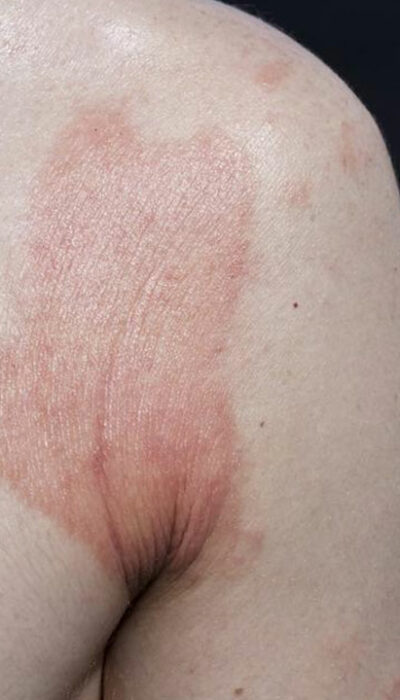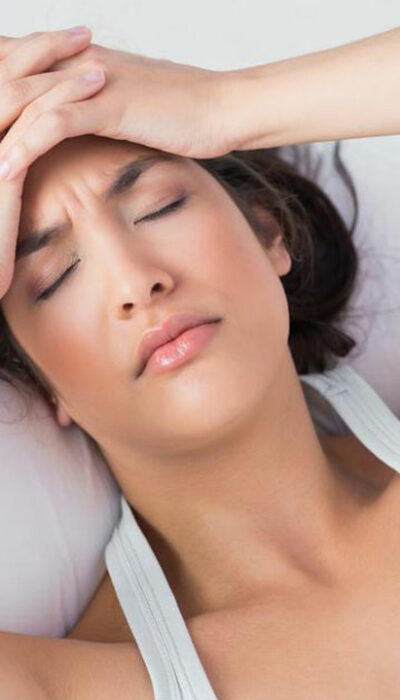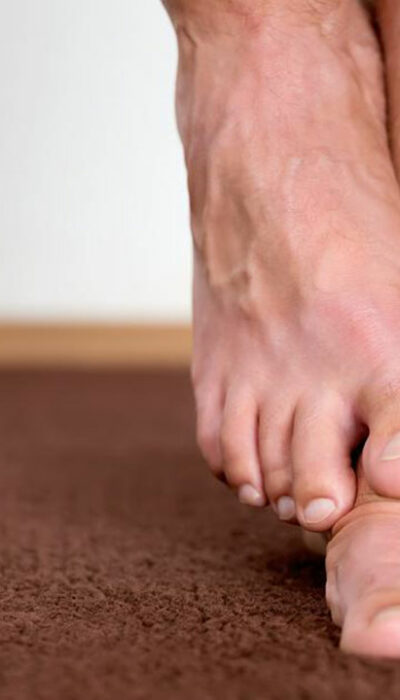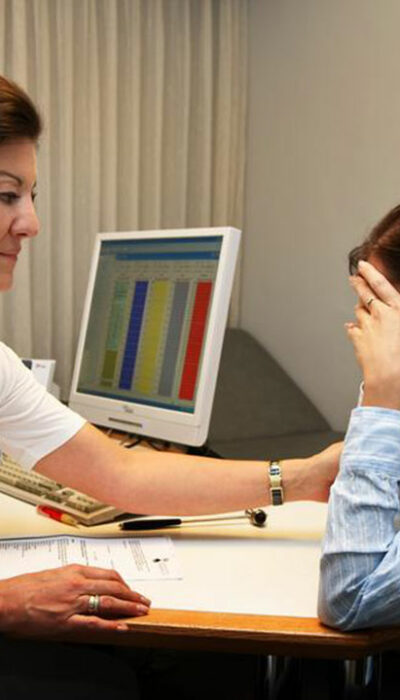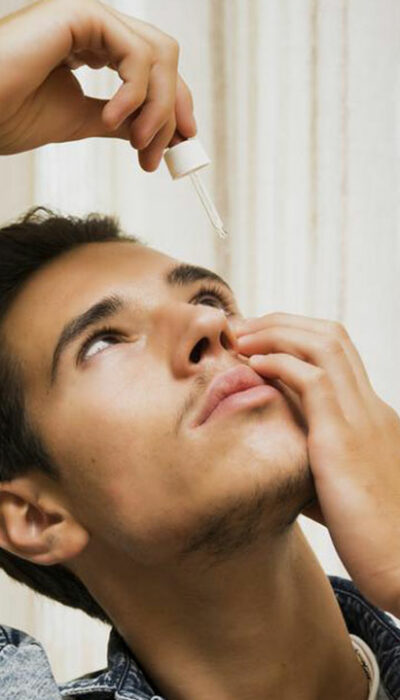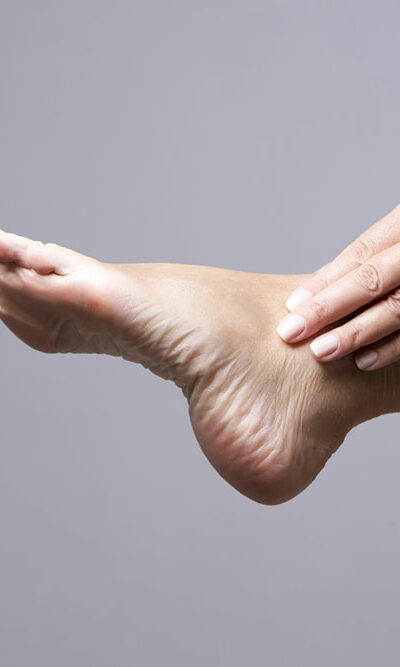
Effective Tips to Treat Chronic Diarrhea
Diarrhea is a common problem experienced by almost everyone in their lifetime. Though this mostly affects the babies and toddlers, adults and elderly people too can get diarrhea for improper food habits or digestive problems. Like several other mild issues, diarrhea can also be treated with home remedies or over-the-counter pills and seldom requires medical attention. While diarrhea is generally healed in a couple of days or three, chronic diarrhea can cause distress for a prolonged period. Consulting a doctor becomes necessary to heal the chronic condition. However, some proven natural remedies for chronic diarrhea treatment are also available. Finding the cause Whether you are looking for home remedies or taking medications prescribed by a medical practitioner, it is very important for you to find the cause. The repeated occurrence of diarrhea can only be stopped when you know the cause triggering the factor. Some people get diarrhea as bacterial infection, while others may get it as a viral infection. Food poisoning or antibiotic usage may also lead to this condition. Lactose intolerance is also found responsible for this bowel disorder. Not just that, drinking contaminated water may also cause diarrhea in patients. If the cause is healed, the risk of repeated occurrence will be reduced. Some essential tips for successful chronic diarrhea treatments are listed below: Keep yourself hydrated – Repeated bowel movement caused by diarrhea often leads dehydration of the body. Therefore, it is extremely important to drink water or any other fluids at frequent intervals. However, avoiding fruit juices or aerated juices is not recommended, as it can trigger the condition further. Keep oral rehydrating syrup handy or mix a teaspoon of sugar with one pinch salt in a glass of water and drink. Dehydration of the body can increase the severity further and may even lead to hospitalization of the patient.


